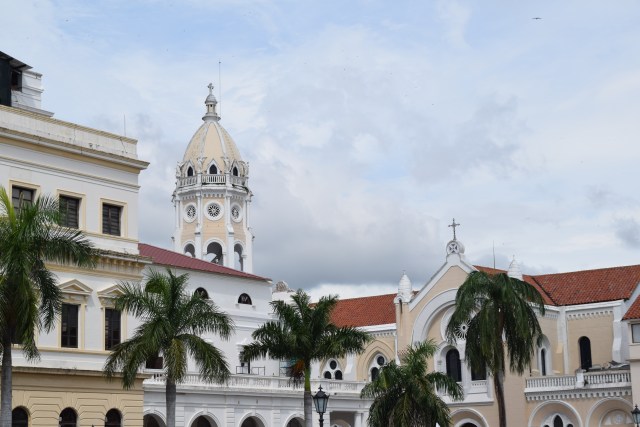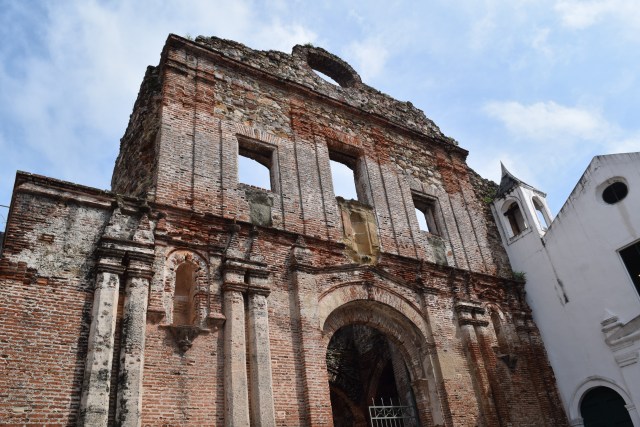Any visit to Panama City should certainly include visiting the locks at the Panama Canal. The new locks opened in 2016 and is definitely a source of national pride for the country as this was the first project run by Panama in the canal. Although you don’t have to understand the history of the Panama Canal to appreciate how impressive the locks are from an engineering perspective. It is obviously much more than a source of pride for the country as every ship that passes through the canal pays fees that can be in the hundreds of thousands of dollars and potentially even up to a million dollars.




The new locks are able to accommodate even larger ships as well as allow ships to get through the locks even faster, both of which means more revenue for the country. The new and old locks sit side by side and both are always in use as ships queue up to wait their turn to get through the locks. Tug boats steer them into the locks, which either raise or lower the water depending upon the direction they are going in order to allow them to continue on their journey. Depending upon the time of year, the new locks have the ability to reserve the water and reuse it for each time that the water is raised and lowered in order to keep the dam levels in Gutan Lake at an appropriate level.




The original design for the canal by the French engineers was to just build a sea level canal without the use of locks. The original construction of the canal failed for a lot of reasons including yellow fever and the sheer difficulty of the task. When the US took over construction, they originally considered continuing to do a sea level canal, but eventually concluded that the locks would be a better solution. The Panama Canal was first completed in 1913, however it was overshadowed by the start of World War I. It remained an important military strategic advantage for the United States through the end of World War II.




When visiting the locks, be sure to either go to the Panama Canal Museum in Casco Viejo beforehand or at least listen to the 20 minute video at the canal locks themselves. A visit to the locks will only take you about an hour, but be sure to stay long enough to at least watch one ship enter or leave the locks so that you can see them in action. We went as part of a longer tour, which is a great way to see the locks and then end up out on the canal itself. We were also treated to something special as our guide arranged it for us to walk across the old locks, which isn’t normally allowed. We weren’t allowed to stop or take pictures as we hustled across the lock. We also drove back across the locks, which is fascinating as well, but that road will not be used in the future when the new bridge is finished.














































